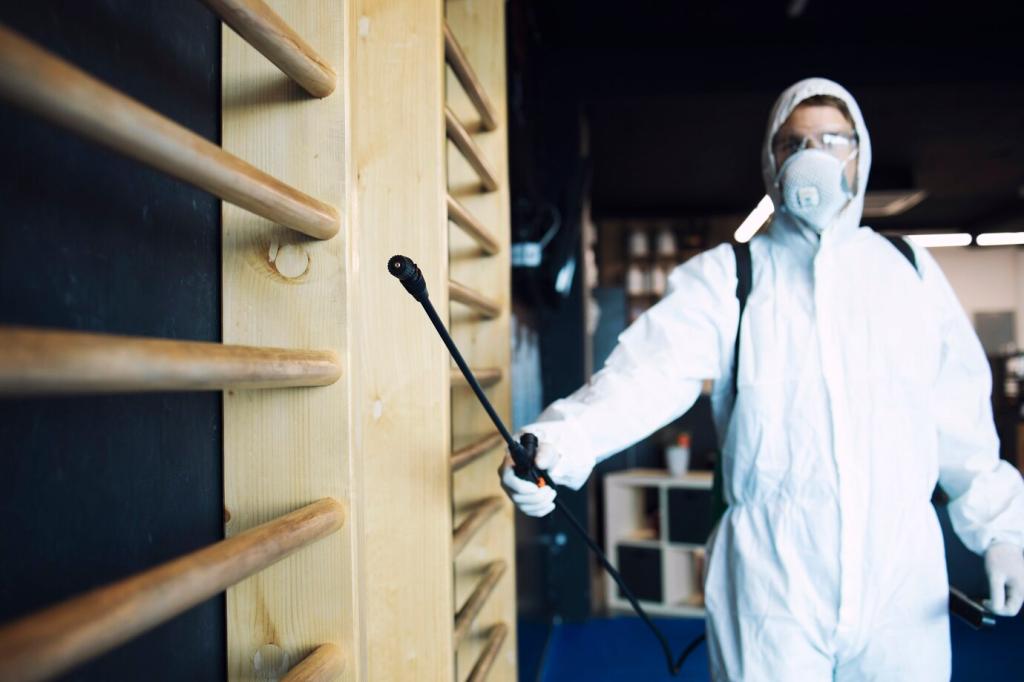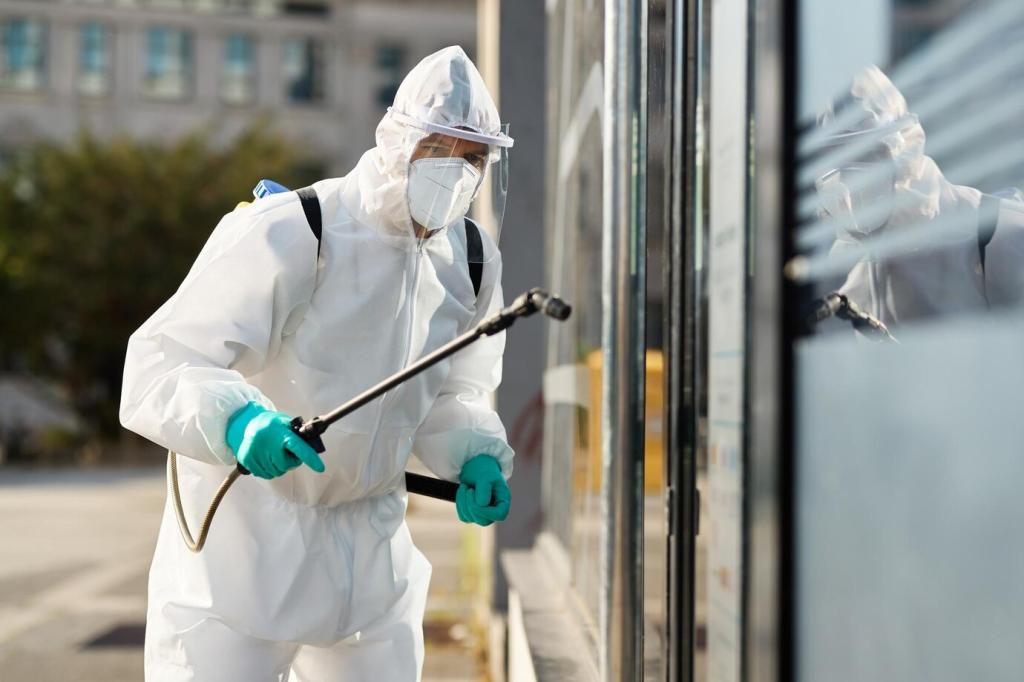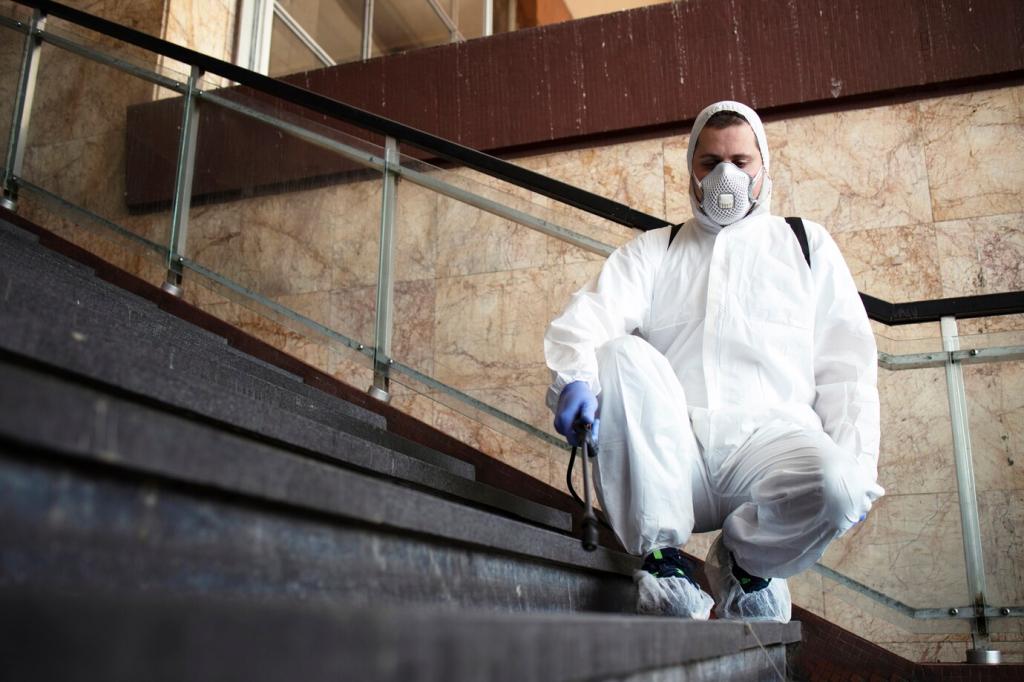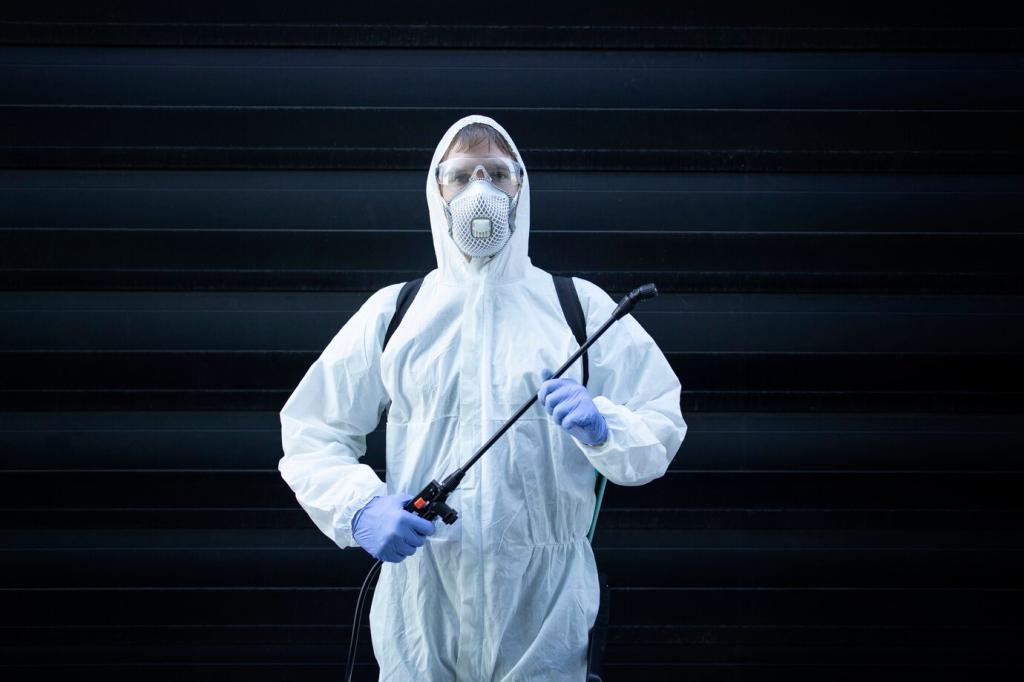Know Your Enemy: The Pests That Prey on Antiques
Powderpost beetles leave talc-like frass and pinholes; termites build mud tubes and soften structural members. Knowing their distinct signatures guides safe, targeted responses without panicked over-treatment.
Know Your Enemy: The Pests That Prey on Antiques
Moths and carpet beetles feast on horsehair, wool batting, and linen webbing beneath seats. Upholstery hides activity, so routine underside checks and vacuuming prevent quiet, costly losses.






